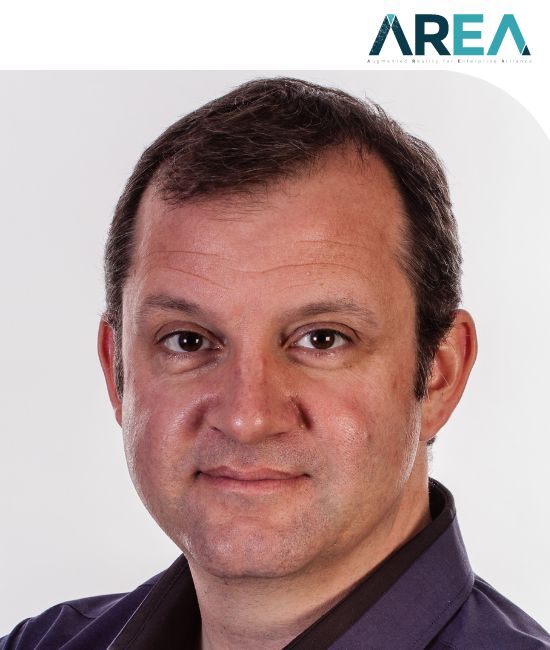14:00 - 14:30
Description
Computer-Aided Design (CAD) and Computer-Aided Engineering (CAE) play a key role to the product development. While CAD is used for the geometry construction, CAE tools allow us not only to test the functionality of a product before even building a prototype, but also to optimize our initial design with respect to the requirements of the product. Due to the complexity of the tools, its use is currently limited to a restricted number of expert users.
Siemens Corporate Technology has developed a novel workflow that integrates all the necessary steps from designing a product with a CAD tool, testing its mechanical properties interactively , till its optimization with an in-house tool and all these steps in the same virtual environment. Our workflow contains easy-to-learn user interfaces which extend the use of CAD and CAE tools to non-experts enabling them to design and test their idea without having deep knowledge of complex software tools. This workflow and the several challenges and chances of the use of virtual reality in the simulation field will be discussed in detail during our presentation.
Speakers


Related Sessions
10:00 - 11:00
Description
The panel members will discuss how they are overcoming the barriers to enterprise AR adoption and how the AREA is supporting wider AR adoption.
Speakers




11:00 - 11:30
Description
Mattney will review Lenovo’s approach to AR with their ThinkReality software platform to support 3rd party AR devices touching on how different AR use cases dictate different AR hardware such as monocular, binocular, and mixed reality glasses as well as how mobile devices fit into the ecosystem. He will also review how Lenovo’s platform tools can help you manage AR and VR devices, users, applications and groups.
Speakers

11:30 - 12:00
Description
The talk focuses on how Enterprises can benefit and deliver value by adopting AR/VR Solutions in training and operation needs.
It also touches upon how a Platform based approach with possibility of technical authors (non-programmers) to create AR experiences is a major step towards democratizing AR for enterprise wide usage in various functions.
It concludes with how AR delivers value as a visualization front end for contextual information overlay in IOT Sensor driven systems.
Speakers

13:00 - 13:30
Description
This presentation will begin with a short introduction to the Boeing Augmented Reality Kit (BARK) platform architecture. The presenter will discuss (1) its interfaces to production systems for retrieval of work instructions and configuration controlled 3D data, (2) the Services layer and automated building of 3D “jobs” for mobile devices, and (3) the front end applications running on the Microsoft HoloLens, Smartphones and Tablets.
We will then cover the first four use cases and applications to airplane manufacturing – BARK Wire Install, Locator, Viewer and Part Install. Following this, we will review work now completed to move the BARK back end into the cloud, and how we incorporated requirements around Information Security, Infrastructure and Safety into the design. Finally, the presenter will discuss some architecture considerations as the platform evolves and grows to incorporate new use cases in Boeing factories, and larger groups of more diverse users.
Speakers

13:30 - 14:00
Description
The Augmented Economy is here and your business will never be the same again. In this fast moving session Amar Dhaliwal, CEO of Atheer, will describe what the emergence of the Augmented Economy will mean to your business and how you can take advantage of the possibilities while avoiding the pitfalls.
Speakers
